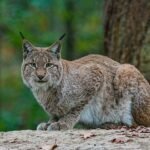Understanding the social structures of cats—both domestic and wild—offers insight into their behavior, communication, and evolutionary adaptations. While they share a common ancestry, house cats and big cats exhibit distinct social behaviors shaped by their environments and survival strategies. This article explores the fascinating differences between these feline groups, presenting a detailed look at how their social structures intersect and diverge.
The Ancestral Roots: Evolutionary Background
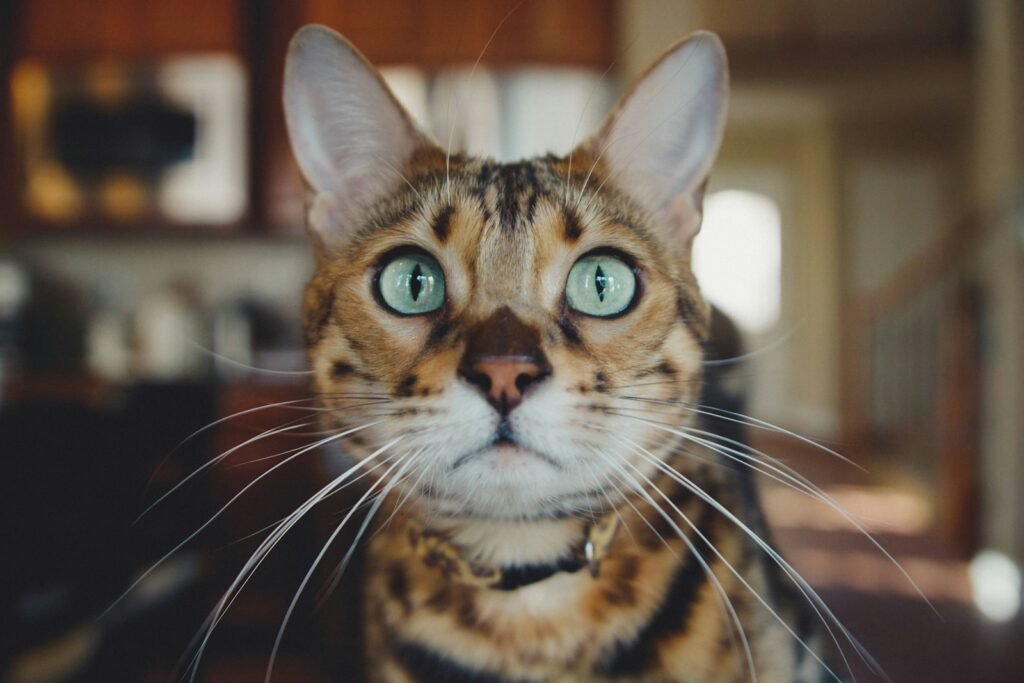
House cats and big cats, despite their size differences, trace their lineage back to a common ancestor. However, the evolutionary paths they followed were heavily influenced by their environments. Big cats, such as lions, tigers, and leopards, evolved in diverse ecosystems ranging from African savannas to dense Asian forests, where their social structures were shaped by the need to hunt large prey and defend territory. In contrast, the ancestors of house cats adapted to life near human settlements, resulting in a more solitary and adaptable lifestyle.
Solitude Versus Sociality: Basic Social Organization
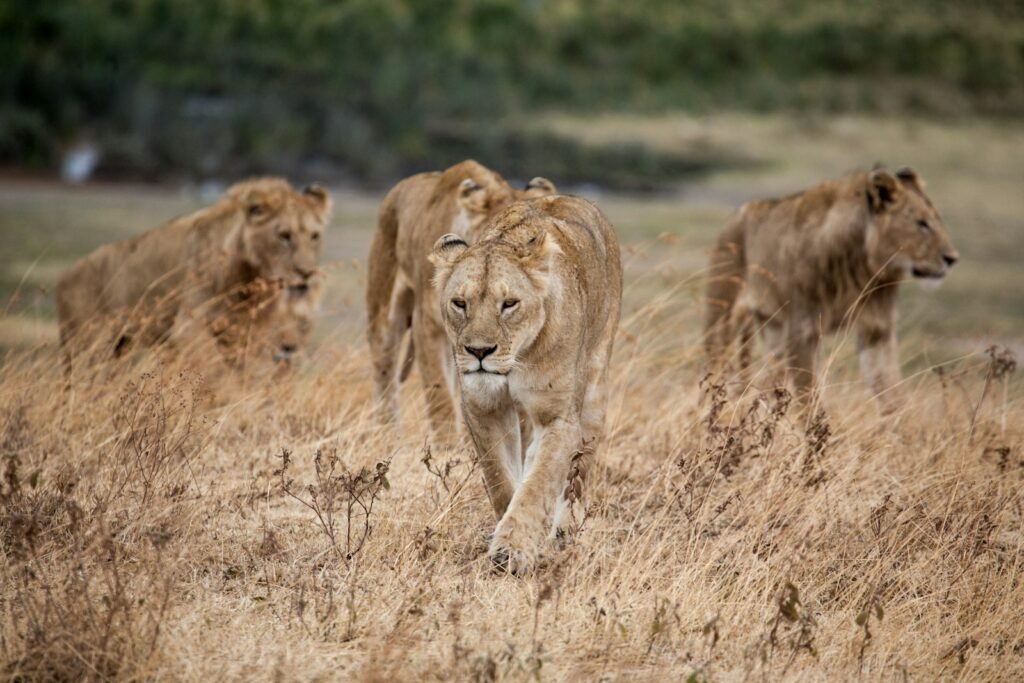
One of the most striking differences between house cats and big cats is their general social organization. House cats, like their wildcat ancestors, tend to be solitary hunters. They do not require cooperation to secure food and often roam independently, with loose social bonds forming primarily for mating purposes. Big cats, on the other hand, display a wide range of social behaviors. Lions, for example, are known for their strong familial groups called prides, which consist of related females, their offspring, and a coalition of males.
The Role of Territory: Space and Hierarchy

Territoriality plays a significant role in the social lives of both house cats and big cats. House cats mark and defend their territory to ensure access to resources, often keeping a strict boundary against intruders. Big cats, while also territorial, exhibit varying levels of tolerance depending on the species. For instance, leopards are fiercely territorial and solitary, while cheetahs may share territories with their kin. Lions establish pride territories, with males protecting the perimeter from rivals.
Communication: From Purring to Roaring
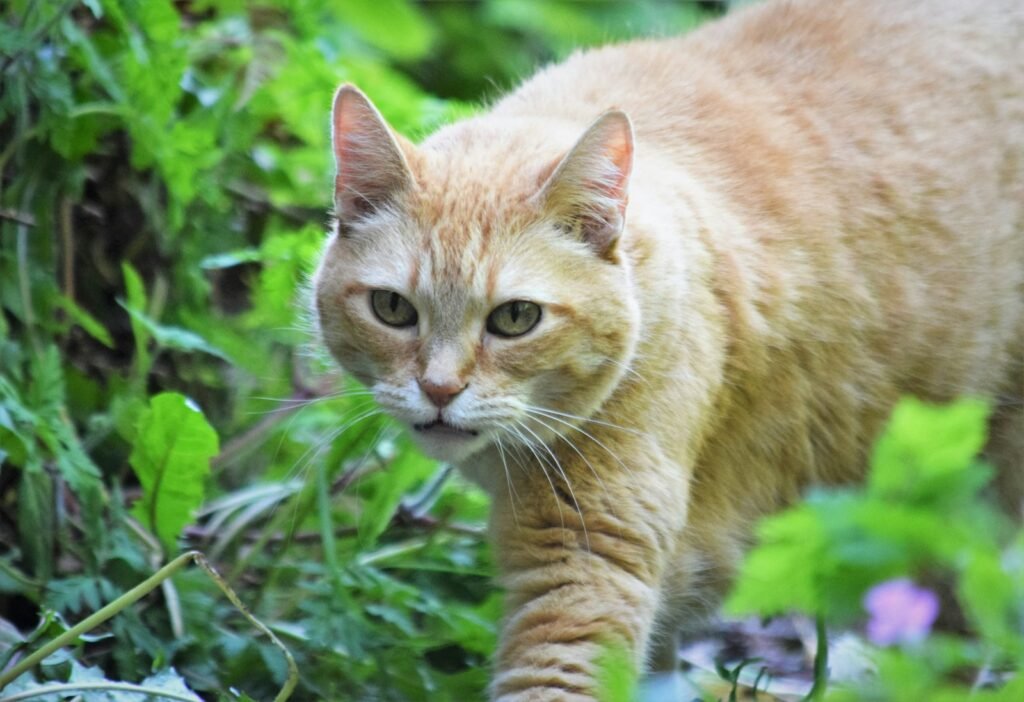
Communication methods vary considerably between house cats and big cats, adapted to their social needs. House cats utilize a repertoire of vocalizations such as meows, purrs, and hisses to express their moods to humans and other animals. In contrast, big cats employ a wider range of sounds; for example, lions use roars to communicate with distant pride members or warn off intruders. Tigers, although solitary, use roaring as a territorial advertisement. These vocalizations reflect their social and ecological roles.
Hunting Strategies: Cooperation Versus Solitude

The differences in hunting strategies between house cats and big cats are profound. House cats typically hunt alone, preying on small animals like rodents and birds. Their solitary nature translates to highly developed stalking and pouncing techniques. In contrast, some big cats, such as lions, employ cooperative hunting strategies, with prides working together to take down large prey. This collaboration requires coordination and communication, traits less necessary for the typical house cat.
The Mother-Infant Bond: Raising the Young
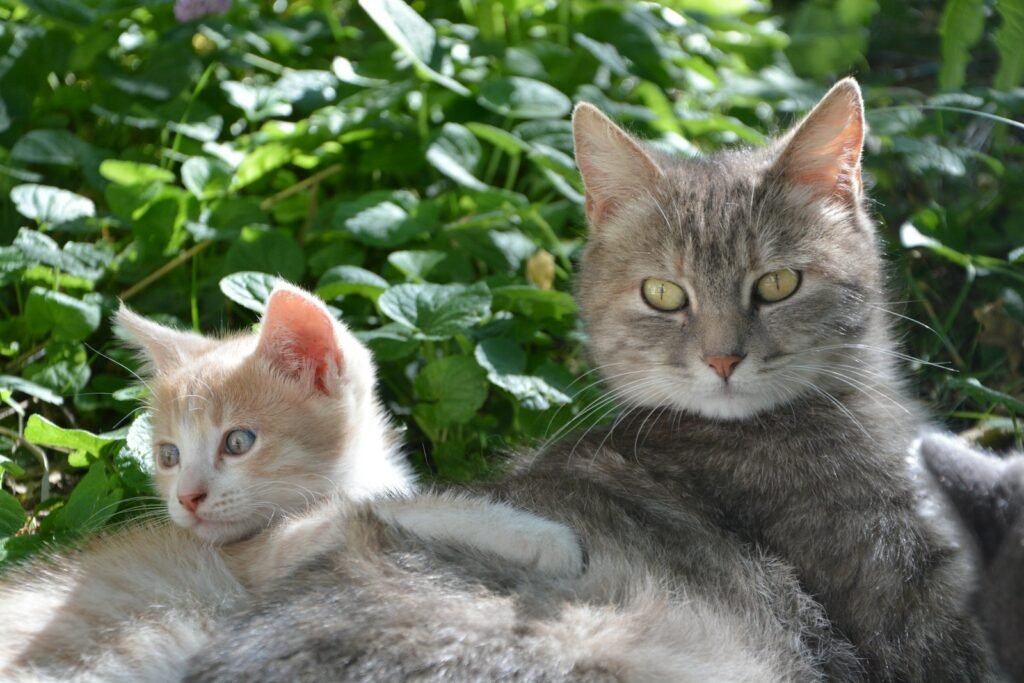
Both house cats and big cats exhibit strong maternal instincts, but their approaches to parenting differ. House cat mothers often raise kittens alone, teaching them essential survival skills. In big cat species with more complex social structures, such as lions, females within a pride cooperate in rearing young, sharing responsibilities and providing alloparental care. This communal approach enhances cub survival and strengthens social bonds within the group.
Social Flexibility: Adaptability in Changing Environments

House cats and big cats have evolved differing levels of social flexibility in response to environmental pressures. House cats demonstrate significant versatility, able to live as solitary individuals or in loose colonies depending on resource availability. Big cats, while often displaying fixed social systems, have some capacity for adaptation. For example, male cheetahs may form coalitions—a rarity among solitary cats—providing a cooperative edge in challenging habitats.
Concluding Thoughts: The Fascinating World of Feline Social Structures
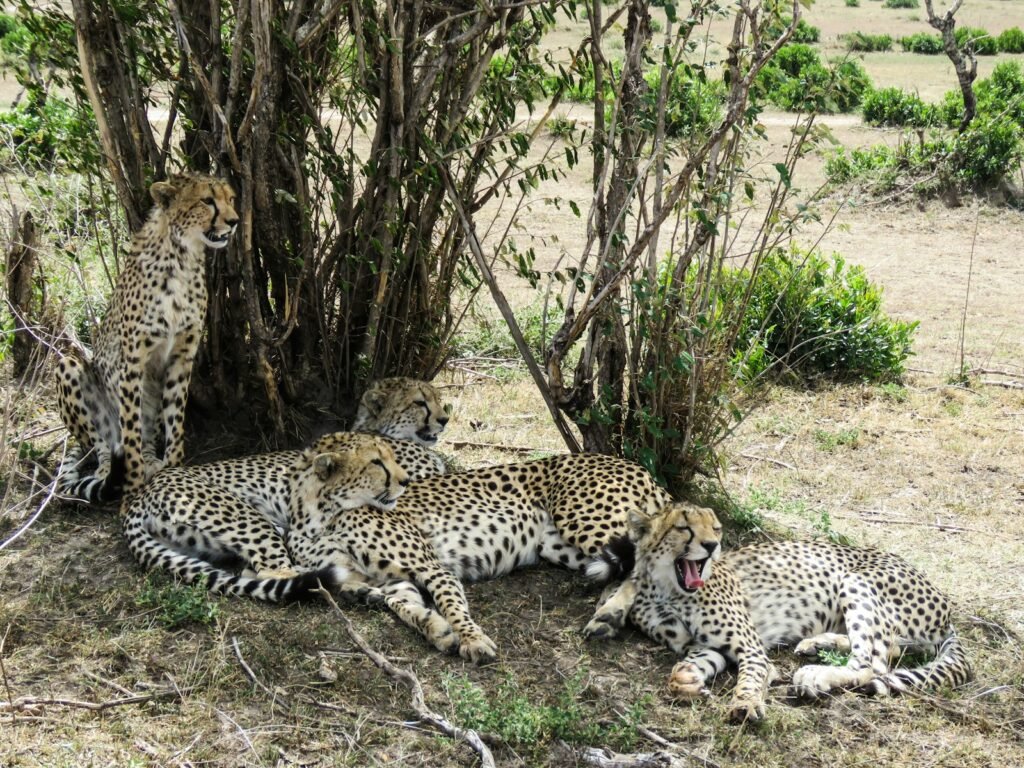
The differences in social structures between house cats and big cats highlight the remarkable diversity within the feline family. While house cats have evolved to thrive in both feral and domesticated environments, big cats possess complex social systems tailored to their role as apex predators. Understanding these distinctions enriches our appreciation of feline behavior and underscores the intricate balance between survival strategies and environmental adaptations. As we continue to study and protect these magnificent creatures, the insights gained will further enhance the bond we share with our domestic companions and their wild relatives.

Suhail Ahmed is a passionate digital professional and nature enthusiast with over 8 years of experience in content strategy, SEO, web development, and digital operations. Alongside his freelance journey, Suhail actively contributes to nature and wildlife platforms like Feline Fam, where he channels his curiosity for the Feline into engaging, educational storytelling.
With a strong background in managing digital ecosystems — from ecommerce stores and WordPress websites to social media and automation — Suhail merges technical precision with creative insight. His content reflects a rare balance: SEO-friendly yet deeply human, data-informed yet emotionally resonant.
Driven by a love for discovery and storytelling, Suhail believes in using digital platforms to amplify causes that matter — especially those protecting Earth’s biodiversity and inspiring sustainable living. Whether he’s managing online projects or crafting wildlife content, his goal remains the same: to inform, inspire, and leave a positive digital footprint.




